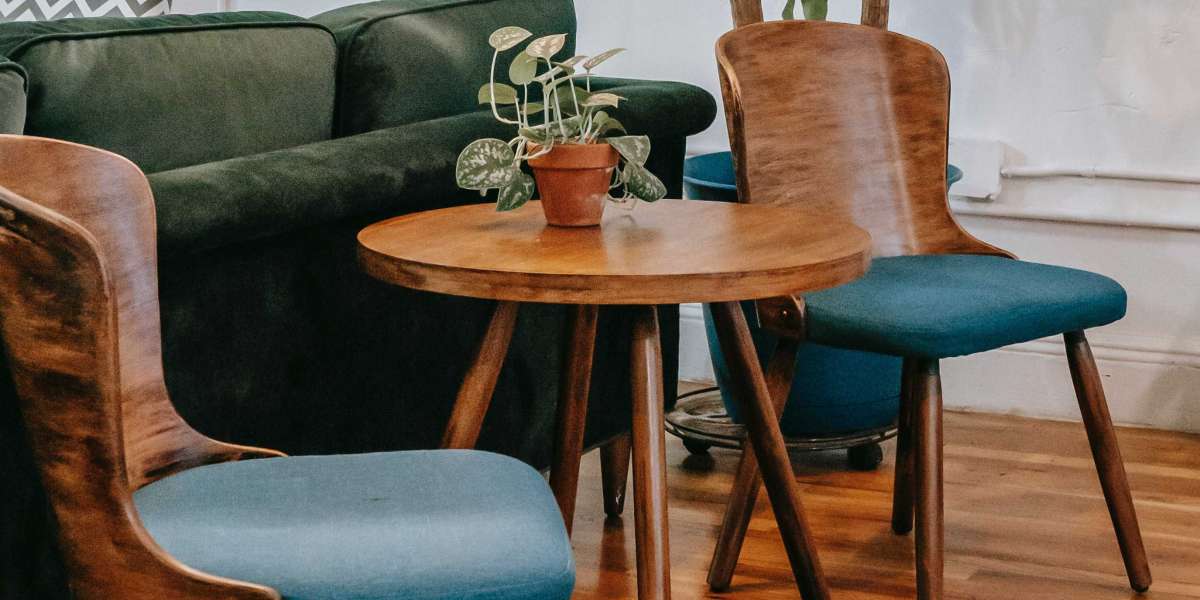Introduction
As environmental consciousness grows, individuals in Sydney are seeking ways to incorporate eco-friendly practices into their daily lives. One area where sustainable choices can make a significant impact is interior design. By opting for eco-friendly materials, energy-efficient solutions, and sustainable design principles, homeowners can create greener and more environmentally conscious living spaces. In this article, we explore the concept of eco-friendly interior design in Sydney, highlighting sustainable choices and practices that contribute to a greener home. From materials and furniture to energy-saving techniques, discover how to design an eco-friendly interior that supports both a healthy planet and a stylish living environment.
Sustainable Materials
Choosing sustainable materials is a crucial aspect of eco-friendly interior design. Opt for materials that are responsibly sourced, renewable, and have a low environmental impact. For example, consider using reclaimed wood for furniture and flooring, which reduces the demand for new timber and prevents deforestation. Select natural and non-toxic materials such as organic cotton, hemp, or bamboo for upholstery and bedding. Explore flooring options like cork or bamboo, which are renewable and biodegradable. By prioritizing sustainable materials, you can minimize the carbon footprint of your interior design choices while creating a warm and inviting space.
Energy-Efficient Lighting
Lighting plays a significant role in interior design, and opting for energy-efficient lighting solutions can contribute to a greener home. Replace traditional incandescent bulbs with energy-efficient LED or CFL lights, which consume less electricity and have a longer lifespan. Incorporate natural lighting by maximizing the use of windows and skylights to reduce the need for artificial lighting during the day. Install dimmer switches and timers to control lighting levels and reduce energy consumption. By integrating energy-efficient lighting, you can create a well-lit and environmentally friendly interior.
Water Conservation
Water conservation is another crucial aspect of eco-friendly interior design. Incorporate water-saving fixtures such as low-flow showerheads, faucets, and toilets to reduce water consumption without compromising functionality. Install rainwater harvesting systems to collect and reuse water for gardening or flushing toilets. Consider using native plants in indoor gardens, as they require less water and maintenance. By implementing water conservation measures, you can minimize water waste and contribute to a sustainable living environment.
Indoor Air Quality
Creating a healthy indoor environment is essential for eco-friendly interior design. Opt for low VOC (volatile organic compounds) paints, adhesives, and sealants to reduce air pollution and prevent harmful chemicals from off-gassing into your home. Choose natural and non-toxic materials for furniture, flooring, and textiles to improve indoor air quality. Incorporate adequate ventilation through windows, exhaust fans, or natural ventilation techniques to ensure proper airflow and reduce the buildup of indoor pollutants. By prioritizing indoor air quality, you can create a safe and healthy living space for you and your family.
Sustainable Furniture and Accessories
When furnishing your eco-friendly interior, consider sustainable furniture options. Look for pieces made from recycled or reclaimed materials, such as reclaimed wood or recycled plastic. Choose furniture that is durable and built to last, reducing the need for frequent replacements. Consider reupholstering or repurposing existing furniture to give it a new lease on life. Incorporate vintage or second-hand pieces, as they not only add character but also prevent items from ending up in landfills. Accessorize your space with sustainable and ethically sourced items, such as handmade rugs, eco-friendly textiles, or locally crafted decor pieces. By selecting sustainable furniture and accessories, you can create a stylish and environmentally conscious interior.
Green Building Certifications and Standards
To ensure the sustainability of your interior design choices, consider seeking green building certifications and adhering to sustainable standards. Look for certifications such as LEED (Leadership in Energy and Environmental Design) or Green Star, which evaluate the sustainability of buildings and interiors. These certifications consider factors such as energy efficiency, water conservation, indoor air quality, and material choices. By working with architects and interior designers who specialize in sustainable design and green building standards, you can ensure that your interior meets rigorous environmental criteria.
Conclusion
Embracing eco-friendly interior design in Sydney allows homeowners to create greener and more sustainable living spaces. By choosing sustainable materials, incorporating energy-efficient lighting, conserving water, prioritizing indoor air quality, selecting sustainable furniture and accessories, and adhering to green building certifications, you can design an interior that is not only aesthetically pleasing but also environmentally conscious. By making sustainable choices, we contribute to a healthier planet and create spaces that nurture our well-being. Let us embrace eco-friendly interior design as a way to harmonize with nature and inspire a more sustainable future in Sydney and beyond.








